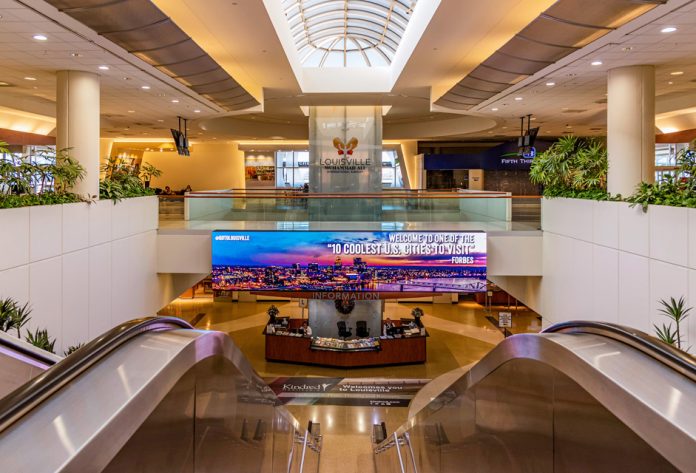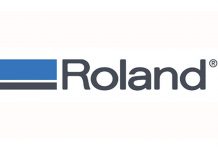The Global Smart Signage Market was recently valued at $1 billion in 2022, and is projected to reach $3.1 billion by 2032, growing at a CAGR of 12.19% from 2023 to 2032.
Experts are forecasting that the smart signage market is expected to witness notable growth caused by the increase of 4K displays that offer high resolution and clarity. Additionally, the integration of smart signage with IoT technology is expected to provide lucrative opportunities for the growth of the market during the forecast period. However, Allied Market Research does report that high investment cost concerns limit the growth of the smart signage market.
Smart signage refers to a network of interconnected digital displays that provide targeted information, entertainment, merchandising, and advertising. These displays can be managed centrally, and their messaging can be adjusted to suit specific audiences or time frames. Smart signage includes several types of displays such as large-format displays, interactive flat panels, video walls, kiosk displays, outdoor displays, and specialty displays.
Key Takeaways of Smart Signage Market Report
Region-wise, North America generated the largest revenue in 2022. However, Asia-Pacific is anticipated to grow at the highest CAGR during the forecast period.
Competitive Analysis
The smart signage market share by company and profiles provided in this report include, BenQ, Samsung, LG Electronics, VESTEL, ASUS Global, Tripleplay, NEC, Panasonic, Advantech, and Sony.
Market Dynamics
Rise in Demand for Digital Advertising
The rise in demand for digital advertising plays a significant role in propelling the growth of the smart signage growth projections. Businesses increasingly recognize the effectiveness of digital signage in capturing audience attention, delivering dynamic content, and engaging customers in ways traditional static signage cannot. Digital signage offers the flexibility to display multimedia content, including videos, animations, and interactive elements, enabling more impactful and memorable brand messaging. Moreover, digital signage allows for real-time content updates and targeted advertising based on factors such as time of day, location, and audience demographics, enhancing relevance and effectiveness. This capability aligns with the evolving preferences of consumers for personalized and interactive experiences, driving businesses to invest in digital signage solutions to stay competitive in an increasingly digital and visually driven marketplace. Therefore, the demand for smart signage continues to grow across various industries, from retail and hospitality to transportation and corporate environments.
Integration of smart signage with IoT ecosystems
The integration of smart signage with IoT ecosystems represents a significant opportunity to enhance their functionality and value proposition. By interfacing with IoT devices and sensors, smart signage can capture real-time data on environmental conditions, customer behavior, and operational metrics. This integration enables dynamic content management based on contextual factors such as weather conditions, foot traffic patterns, and inventory levels. Furthermore, smart signage can facilitate interactive experiences by interacting with IoT-enabled devices such as smartphones or wearables to deliver personalized content and enable transactions. This collaboration between smart signage and IoT ecosystems not only improves the effectiveness of digital displays but also expands their applications across various sectors, including smart cities, transportation, retail, and hospitality. This fosters innovation and creates new avenues for engaging customers and optimizing operation.
High initial investment
The high initial investment required for deploying smart signage solutions includes various costs, including purchasing hardware components such as displays, media players, and sensors, as well as investing in software development, content creation, installation, and ongoing maintenance. These expenses can be particularly daunting for small and medium-sized businesses with limited budgets, leading to hesitation in adopting smart signage technology. In addition, the need for specialized expertise to design, implement, and manage smart signage systems further contributes to the overall cost. Furthermore, the return on investment (ROI) for smart signage projects may not be immediately apparent, making it challenging for stakeholders to justify the expenditure. Therefore, the high initial investment acts as a significant restraint, limiting the widespread adoption of smart signage across various industries and sectors.
To learn more and view detailed graphs, please check out the report on alliedmarketresearch.com.











